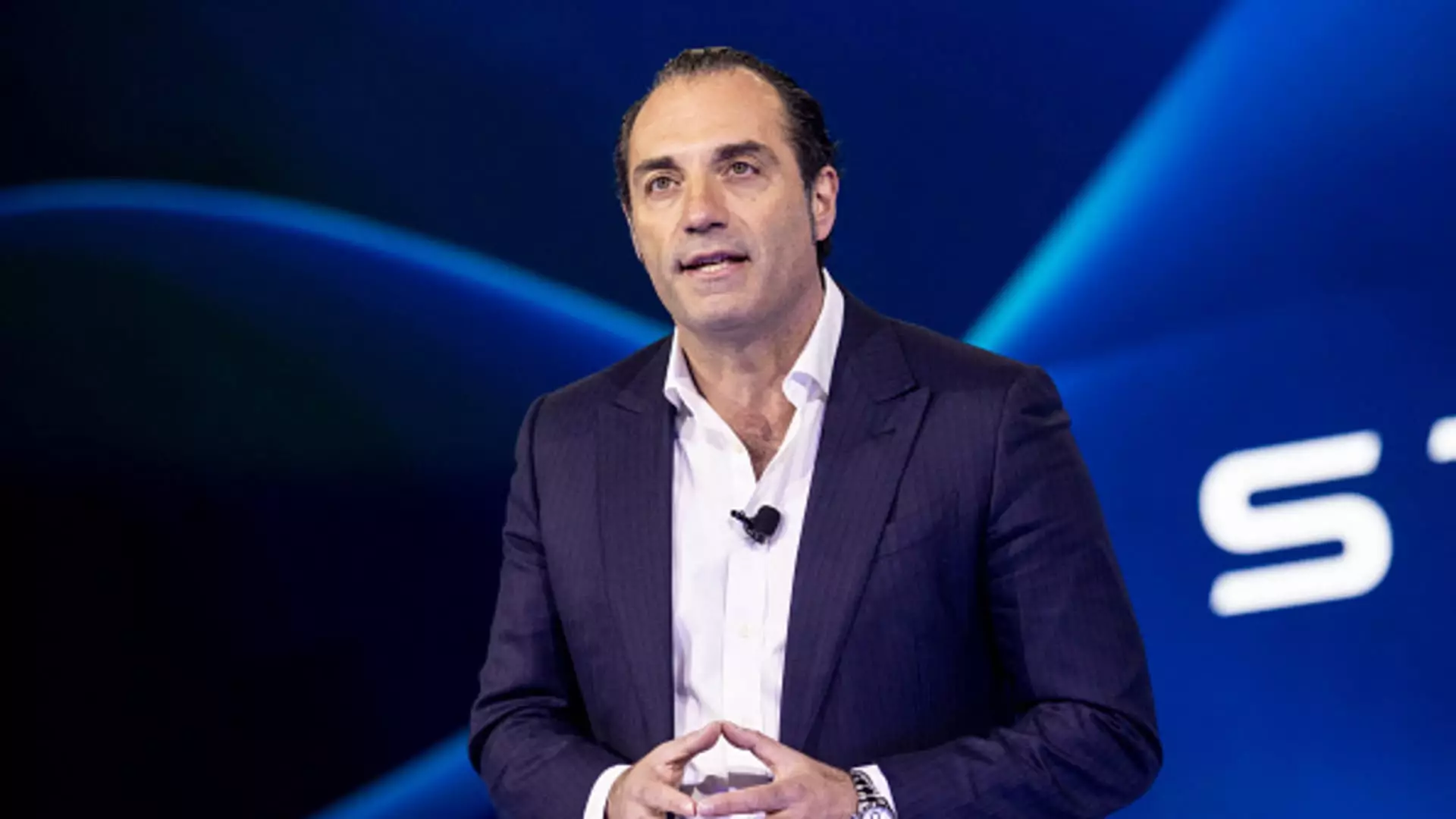In the competitive landscape of the automotive industry, Stellantis finds itself at a critical juncture. After years of dwindling retail sales and a significant decline in market share, the company has taken its first steps toward revitalization under the leadership of Antonio Filosa, who has been steering North American operations since October. The challenge is not just to improve sales; it requires an overhaul of strategies that misaligned with the realities of the North American market.
Stellantis’ recent decisions indicate a recommitment to its U.S. operations, ushering in a new leadership team tailored to the American landscape. This shift recognizes that the previous focus on profit maximization, particularly under former CEO Carlos Tavares, came at the expense of market responsiveness. The company’s acknowledgment of these missteps suggests a foundational shift toward growth and engagement with the North American consumer base.
The automotive industry is fiercely competitive, with brands continuously vying for consumer attention and loyalty. For Stellantis, the numbers tell a compelling story of decline: from a market share of 12.6% in 2019, the company plummeted to 9.6% in 2023. This trend is alarming, underscoring a need for immediate correction. With Jeep and Ram Truck sales dragging down overall performance, the imperative for Stellantis is clear—rebuild the brand’s presence and relevance in a crucial market segment.
Bob Broderdorf, overseeing Jeep in North America, articulated the urgency of the situation. A “grow or die” mentality prevails as the company eyes 2025—a pivotal year that may determine Stellantis’ long-term viability in the marketplace. These sentiments are echoed across the board, highlighting a broad-based recognition of the need to respond to consumer demands through innovative product offerings and stronger relationships with dealers.
Filosa’s approach involves not only a focus on new product launches but also a strategic reinvestment in dealer relationships. The company plans to offer additional incentives to dealers, fostering an environment of collaboration rather than competition. Rekindling dealer trust is vital in a landscape where relationships can significantly influence consumer choices.
Moreover, the emphasis on product innovation is paramount. Executives like Tim Kuniskis emphasize the need for a strategic pivot, particularly for the Ram Trucks brand, which has suffered from production delays. His optimism about the ability to balance volume and profit margins indicates a nuanced understanding of the dual pressures of sales targets and maintaining healthy financials—a balance that Stellantis must master to regain market traction.
The landscape is further complicated by potential regulatory changes. Speculation about the incoming political administration’s stance on electric vehicle incentives and tariffs could pose additional challenges, particularly given Stellantis’ reliance on cross-border manufacturing and supply chains. Filosa acknowledges this uncertainty and emphasizes adaptable strategies in response to emerging political landscapes. The prospect of increased U.S. jobs represents an opportunity; however, the direction taken hinges on broader policy decisions.
The looming uncertainty underlines the importance of adaptability within Stellantis’ strategic framework. The capacity to pivot in response to regulatory changes may not only be crucial for operational efficiency but also for maintaining market relevance during tumultuous periods.
Stellantis stands at a crucial turning point. The initiatives outlined by Filosa, along with the renewed commitment to retail market share, reflect an organization willing to learn from its past mistakes and adapt to the current automotive climate. Success will depend on the ability to execute a coherent strategy that embraces innovation, builds strong dealer partnerships, and remains responsive to both market trends and regulatory environments. Whether Stellantis can reclaim its status in the U.S. market remains to be seen, but the foundational steps taken today set the stage for a hopeful transition into a revitalized future.

